Table of Contents
- Introduction: Why Rubs are the Unsung Heroes of BBQ
- What Exactly is a Rub?
- Types of Rubs: Sweet, Spicy, Savory & Everything In Between
- How to Use a Rub Like a Pro
- DIY Rub Recipes for Every Palate
- Buying Guide: Choosing the Best Rub for Your BBQ Needs
- When to Use Dry vs. Wet Rubs
- Storage Tips to Keep Your Rubs Fresh and Flavorful
- FAQs: All You Ever Wanted to Know About Rubs
- Conclusion: Unlock the Magic of Rub Barbecue
Introduction: Why Rubs are the Unsung Heroes of BBQ
Rub barbecue isn’t just about slathering meat in sauce and hoping for flavor. It’s about building layers—starting with the foundation: the rub.
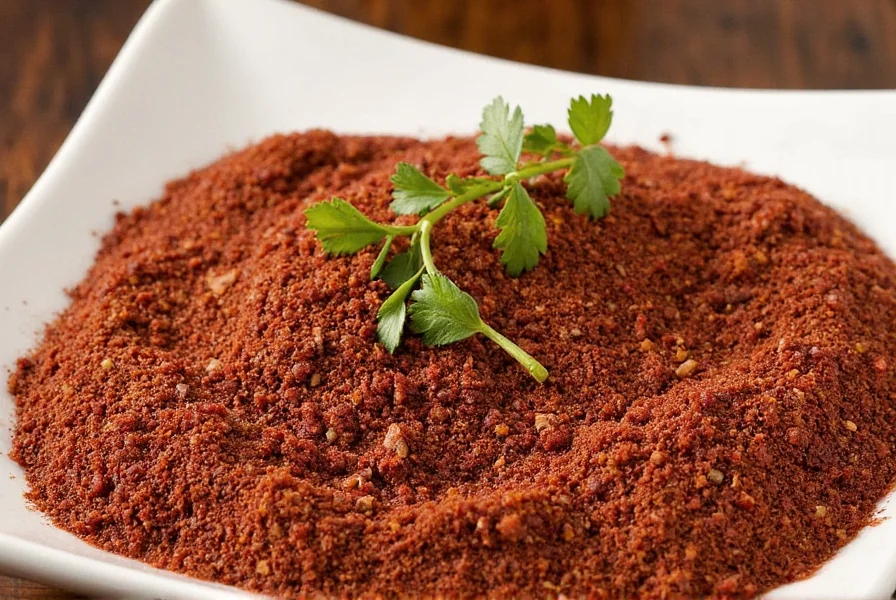
A good spice rub can transform even the most humble cut of meat into a smoky, savory masterpiece. Whether you're a backyard griller or a competition pitmaster, understanding how to choose, apply, and tweak your rubs can elevate your game from amateur to all-star.
What Exactly is a Rub?
In simple terms, a rub barbecue is a mixture of dry spices rubbed onto meat before cooking. Unlike marinades—which often contain liquid—a dry rub relies on a combination of salt, pepper, sugar, paprika, garlic powder, onion powder, and other herbs and spices.
- Provides deep seasoning
- Helps form a delicious crust (called a “bark” in BBQ circles)
- Enhances natural flavors without overpowering them
Wet rubs add oil or vinegar to create a paste, but both styles aim for the same goal: maximizing flavor through simplicity.
Types of Rubs: Sweet, Spicy, Savory & Everything In Between
Rubs come in all shapes and flavor profiles. Here's a quick breakdown:
| Type | Flavor Profile | Best For |
|---|---|---|
| Sweet Rub | Brown sugar-based with cinnamon, nutmeg, and clove | Pork ribs, chicken, ham |
| Spicy Rub | Cayenne, chili powder, black pepper, sometimes chipotle | Beef brisket, lamb, grilled veggies |
| Savory Rub | Garlic, onion, smoked paprika, oregano, thyme | Steak, pork shoulder, game meats |
| Smoky Rub | Mesquite, hickory, or smoked paprika notes | All meats, especially for Southern-style BBQ |
| Universal Blend | Mildly seasoned with balanced salt, pepper, and herbs | Any protein, ideal for beginners |
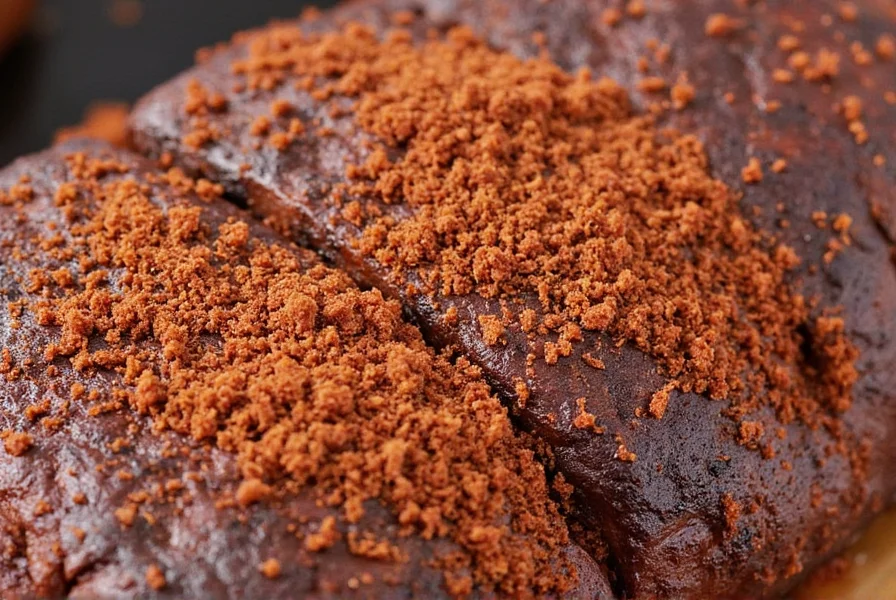
How to Use a Rub Like a Pro
Using a rub effectively requires more than just sprinkling it on. Follow these steps for best results:
- Dry the meat surface: Pat dry with paper towels so the rub adheres better.
- Apply generously: Press the rub into the meat, not just sprinkle it on top.
- Let it rest: Allow at least 30 minutes, or overnight in the fridge, for deeper flavor absorption.
- Don’t overdo it: Especially with salt-heavy rubs—less can be more.

DIY Rub Recipes for Every Palate
If you love customizing your flavor profile, try making your own rubs. Here are three crowd favorites:
Classic Carolina BBQ Rub
- 2 tbsp brown sugar
- 1 tbsp smoked paprika
- 1 tbsp garlic powder
- 1 tbsp onion powder
- 1 tsp cayenne pepper
- 1 tsp black pepper
- 1 tsp kosher salt
Ideal for ribs, pork shoulder, and pulled pork sandwiches!
Texas Heat Rub
- 2 tbsp coarse sea salt
- 2 tbsp black pepper
- 1 tbsp chili powder
- 1 tbsp cumin
- ½ tsp cayenne
This bold rub is perfect for beef brisket and grilled steaks.
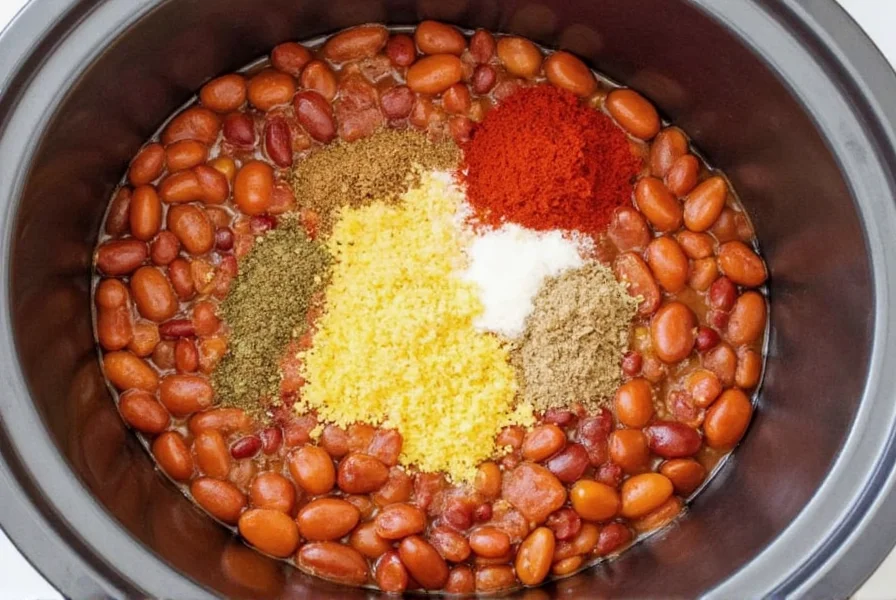
Hawaiian Aloha Rub
- 1 tbsp brown sugar
- 1 tbsp coconut sugar
- 1 tsp smoked paprika
- ½ tsp ginger powder
- ½ tsp garlic powder
- ¼ tsp turmeric
Perfect for grilled chicken or fish tacos with a tropical twist!
Buying Guide: Choosing the Best Rub for Your BBQ Needs
If you're not up for DIY, store-bought rubs can still deliver excellent results. But with so many options out there, where do you start?
Top 5 Rubs for Rub Barbecue Enthusiasts
| Product Name | Key Features | Advantages | Use Cases | Occasions |
|---|---|---|---|---|
| Oprah’s Choice BBQ Rub | Natural ingredients, no fillers, gluten-free | Well-balanced sweet and smoky blend | Ribs, pork chops, grilled veggies | Family cookouts, summer grilling |
| The Pit Boss Firestarter | High heat chili blend, includes chipotle and cayenne | Spicy kick without overwhelming | Beef, lamb, spicy chicken wings | Game nights, hot weather grilling |
| Smokehouse Classic Rub | Contains real mesquite and hickory | Delivers rich, authentic smokehouse taste | Brisket, pulled pork, turkey | Competition BBQ, holiday feasts |
| HoneyLuxe Sweet & Tender | Brown sugar base with hints of vanilla and cinnamon | Perfectly caramelizes on meats | Ham, baby back ribs, smoked apples | Weekend treats, dessert-inspired dishes |
| Global Fusion Grill Rub | Combines Indian, Mexican, and Asian spices | Unique multicultural flavor layering | Seafood, lamb kebabs, tofu skewers | Themed dinners, adventurous eaters |
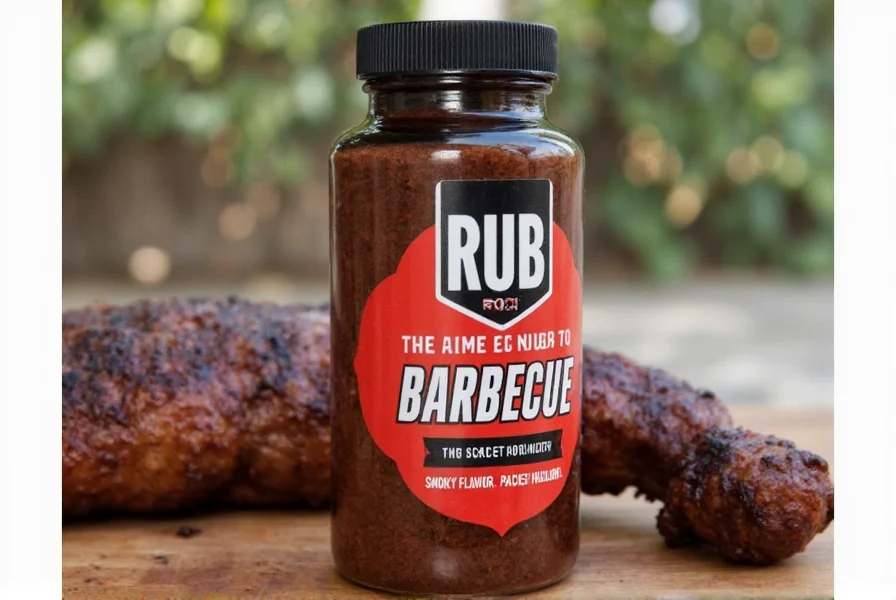
When to Use Dry vs. Wet Rubs
Choosing between dry and wet rubs depends on what kind of bark and flavor you want:
- Dry Rub: Creates a crisp, flavorful crust; best for long cooks like smoking or slow roasting.
- Wet Rub: Binds better with fatty meats; helps seasonings penetrate faster; ideal for quicker grills or thicker cuts.
Pro Tip:
Try combining both! Apply a dry rub first, let sit, then brush on a thin coat of wet rub before grilling. This layered approach enhances both surface texture and depth of flavor.
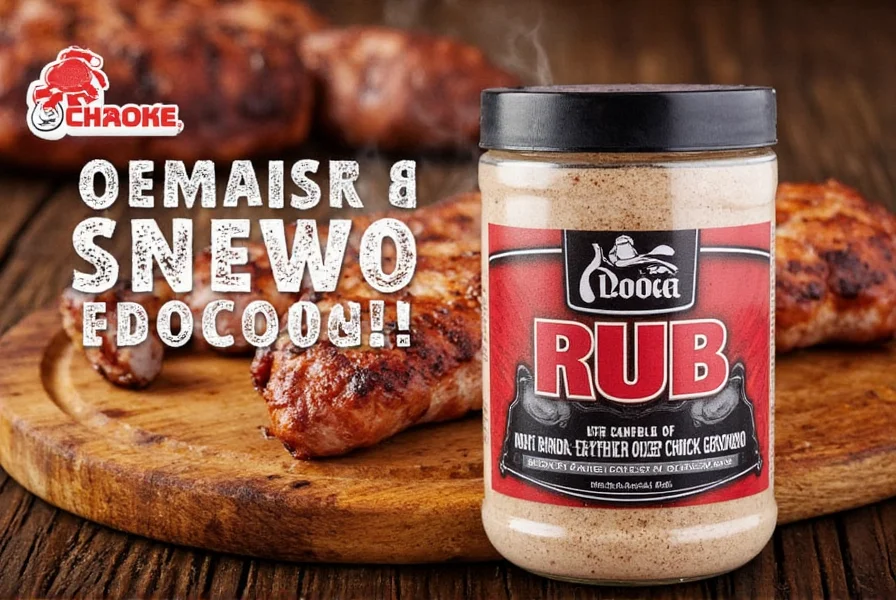
Storage Tips to Keep Your Rubs Fresh and Flavorful
Like any spice, rubs lose potency over time. To keep them fresh:
- Store in airtight containers away from light and moisture.
- Label with date of purchase or creation.
- Avoid using fingers directly in the container to prevent contamination.
- For homemade blends, use within 6 months for optimal flavor.
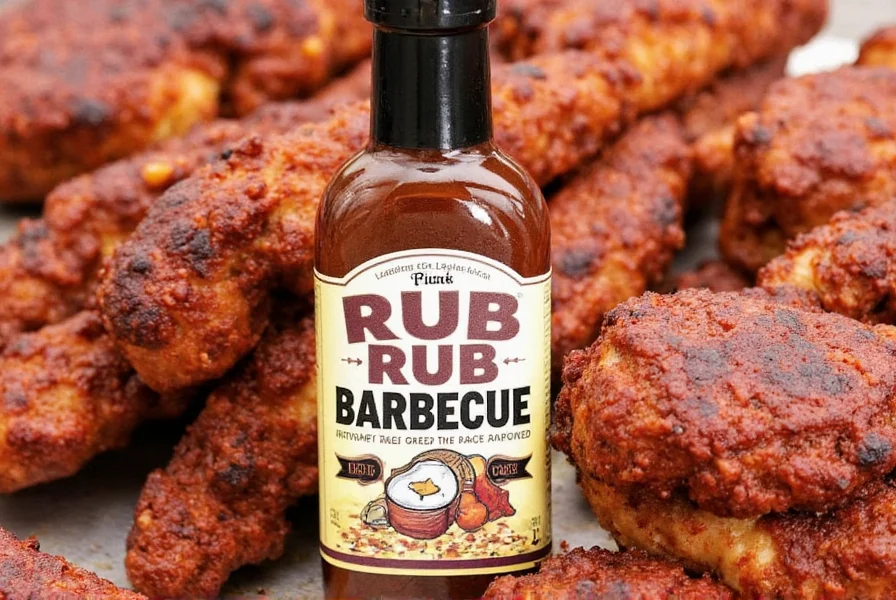
FAQs: All You Ever Wanted to Know About Rubs
Can I use the same rub for different meats?
Yes, but adjust quantities and intensity depending on the meat type and fat content.
Should I rinse off the rub before cooking?
Nope! That removes all the hard work you just did. Leave it on for maximum flavor.
Can I make a rub ahead of time?
Absolutely! Mixing spices in advance allows flavors to meld and develop richness.
Is there such thing as too much rub?
You bet. If the rub contains a lot of salt or chili, a little goes a long way.
Conclusion: Unlock the Magic of Rub Barbecue
Mastering the art of rub barbecue is one of the easiest ways to take your grilling game to the next level. From choosing the right blend to applying it like a pro, the right rub does more than just season—it transforms.
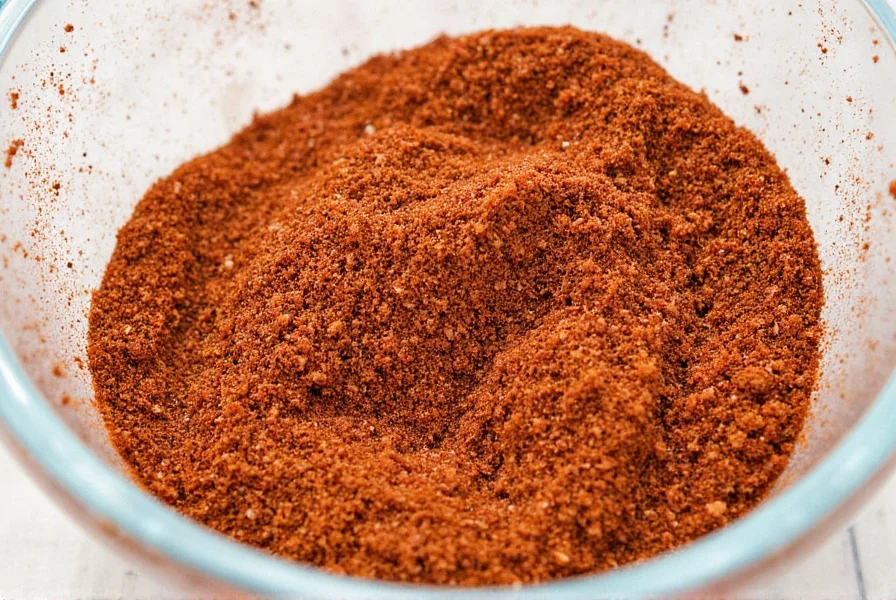
So go ahead—experiment with bold flavors, build your spice arsenal, and find that perfect blend that makes your neighbors ask, “What’s your secret?” Spoiler: It’s the rub.

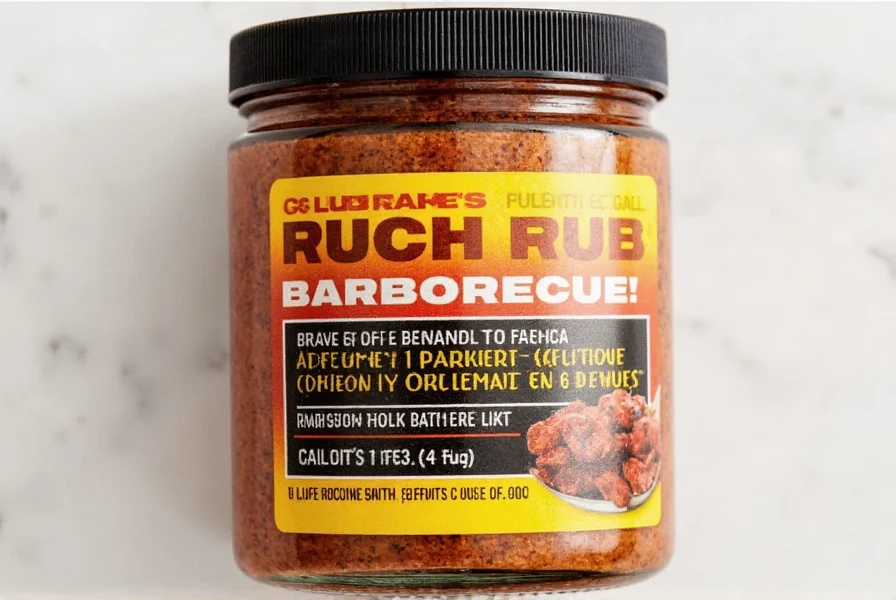









 浙公网安备
33010002000092号
浙公网安备
33010002000092号 浙B2-20120091-4
浙B2-20120091-4